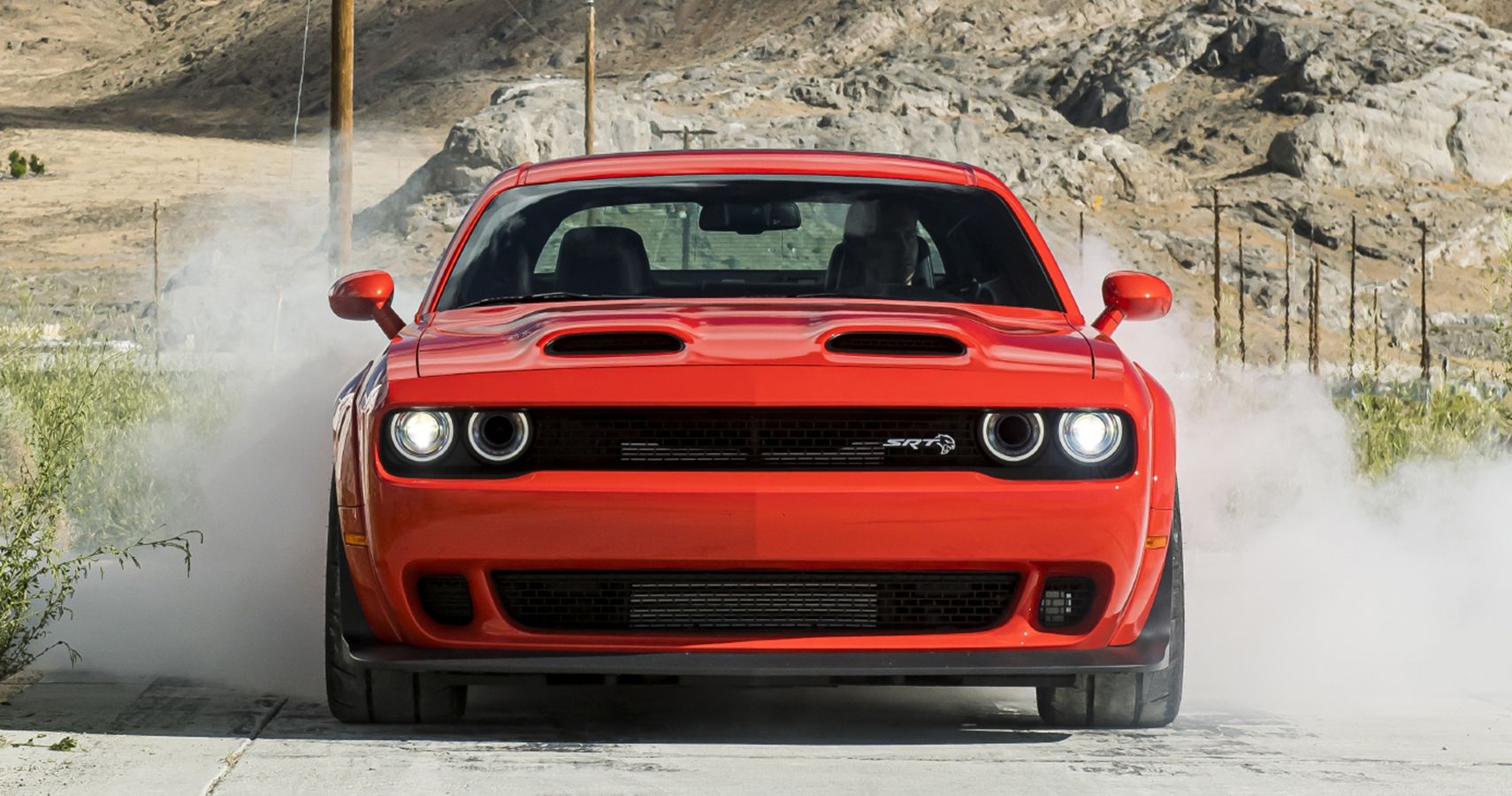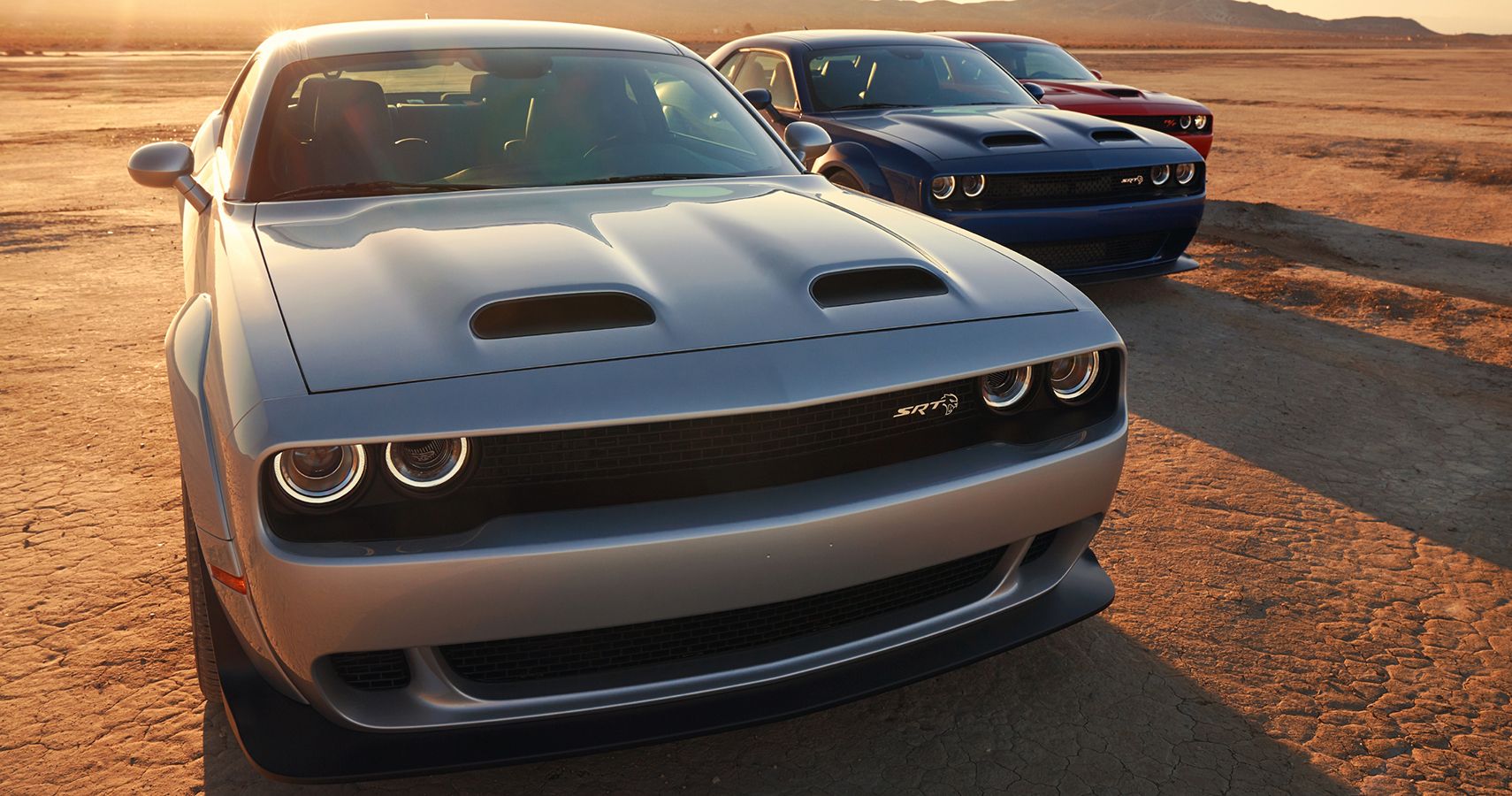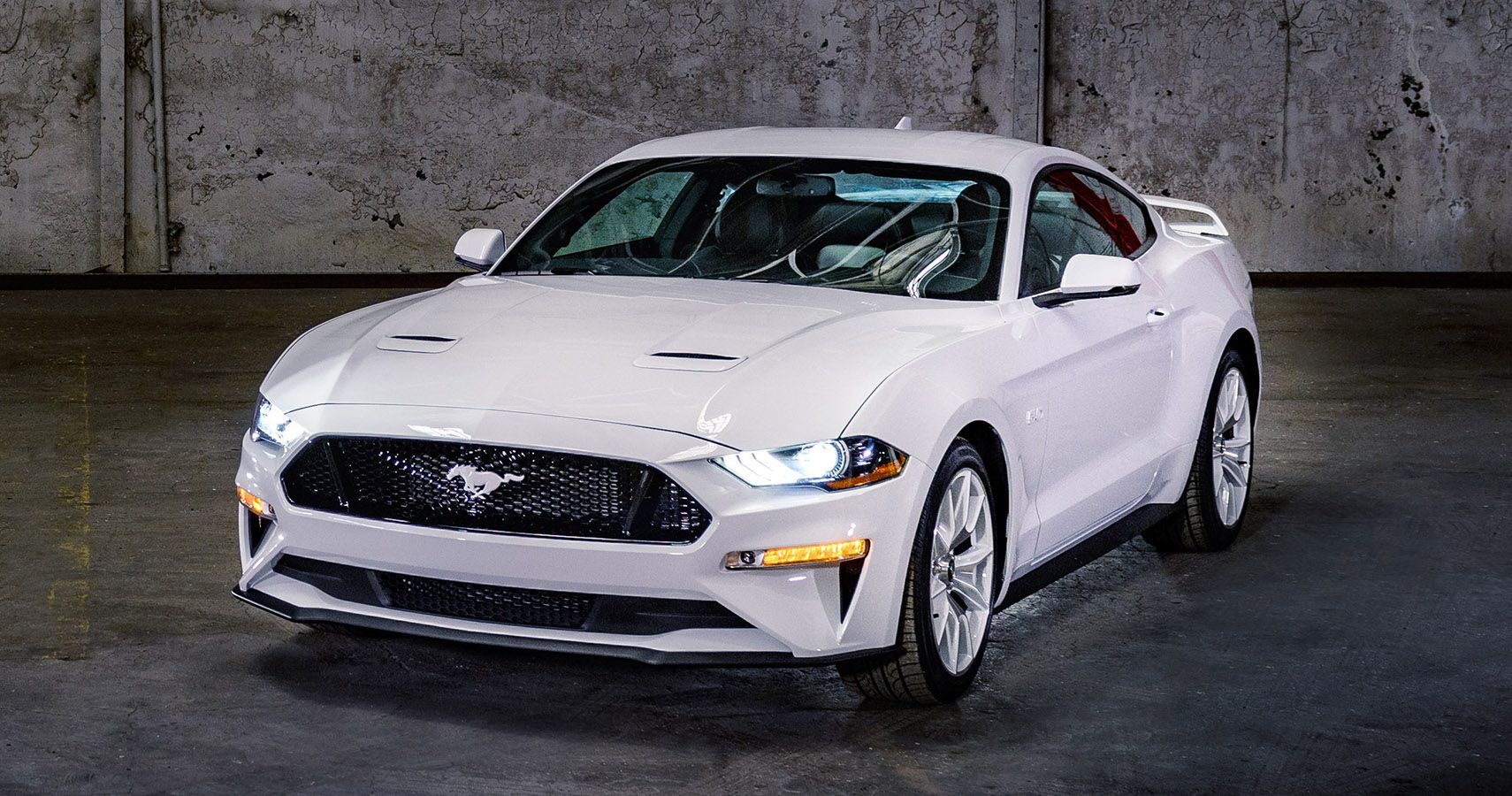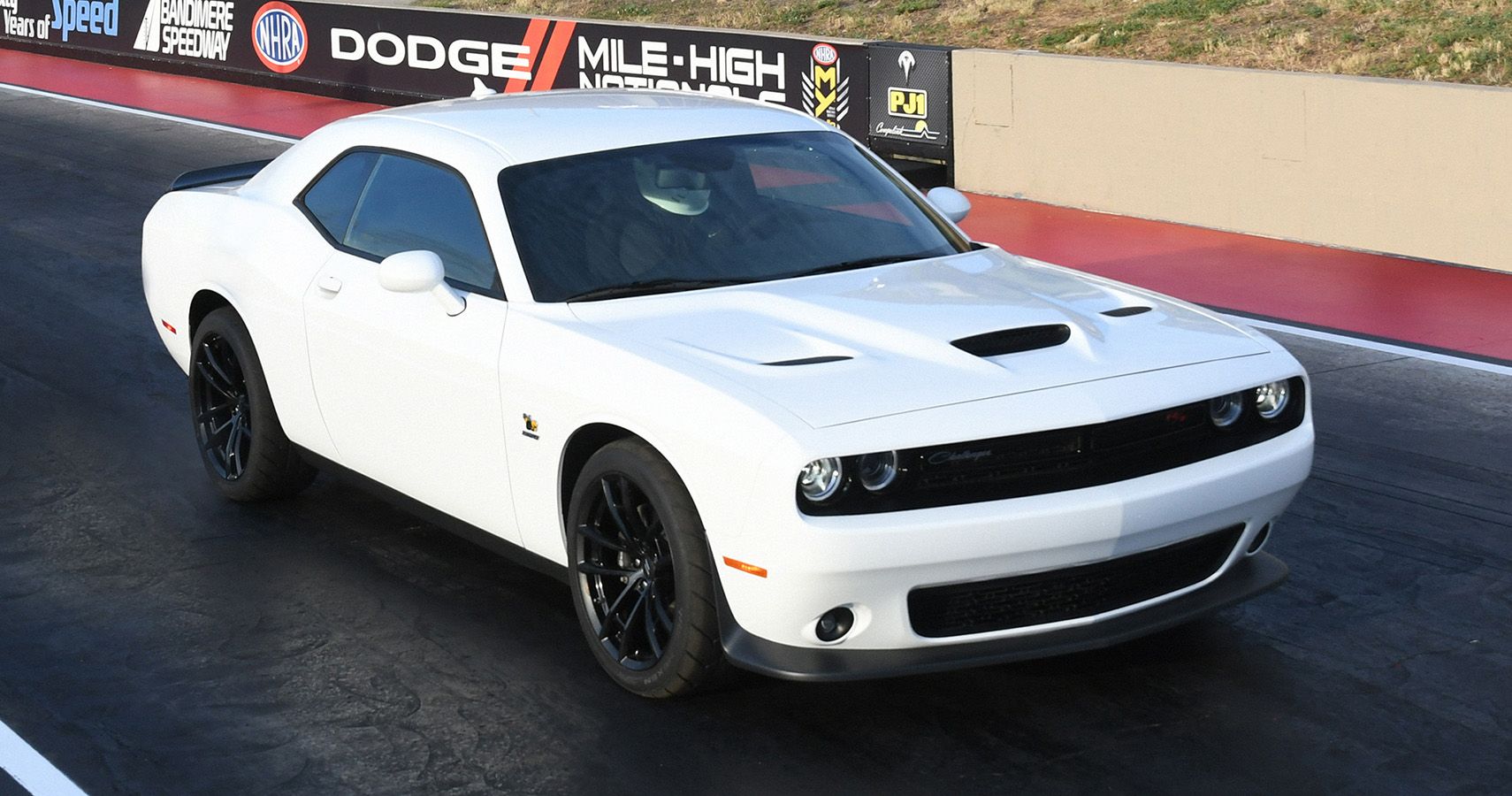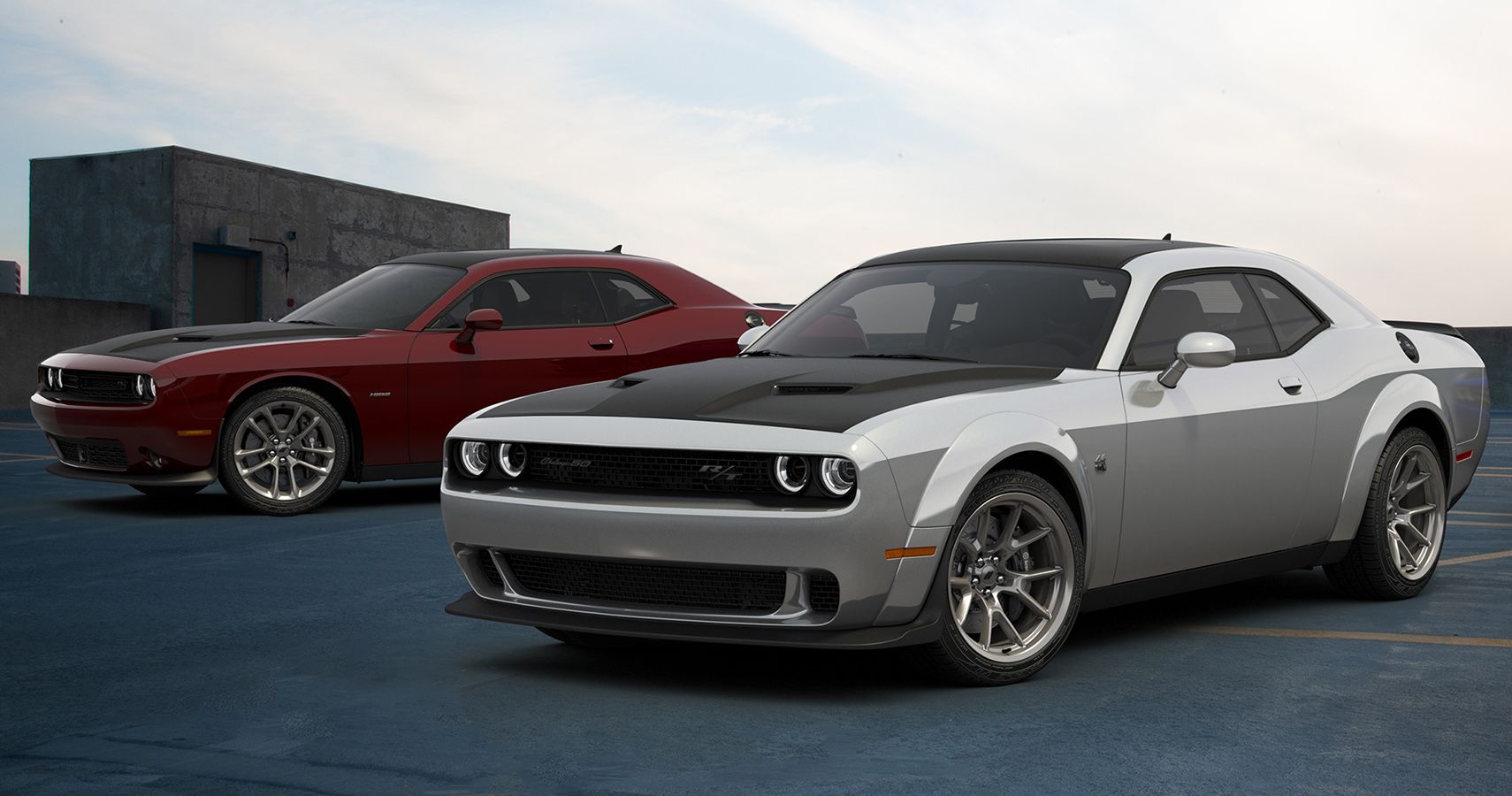Muscle cars are a league of their own. While its exact definition remains subjective debatable, a muscle car is loosely defined as an American car with high power sent to the rear wheels. From the middle of the 20th century to this day, muscle cars occupy a good chunk of the automotive market, especially in the United States.
The Oldsmobile Rocket 88 is considered as the first muscle car, giving rise to a new culture in the automotive industry. However, that muscle car culture peak only in the 1960s, during which auto companies became deeply engaged in the so-called horsepower war. Ford, GM, Chrysler and other carmakers were essentially battling it out to sell the most muscles.
Ford introduced the Mustang in 1964 and has been producing the pony car without a break since then. Due to its popularity and sales, rival carmakers started to offer competing cars. Chrysler was a bit late in response, as it launched the Dodge Challenger – also a pony car -- only in 1969.
While many may argue that the Mustang was and is not a muscle car, it is labeled such by others. It does have a rivalry with the Challenger – which could be considered as the only genuine muscle car in production. That rivalry extends to sales, and in 2021, the Dodge Challenger defeated the Ford Mustang to become the best-selling muscle car in the period.
Dodge Challenger Finally Outsold The Ford Mustang
According to figures provided by Stellantis, it sold 54,314 units of the Dodge Challenger (all models included) in the full year 2021. It represents around a 3% increase compared to sales of the Challenger in 2020, when Stellantis sold 52,955 units of the muscle car. While the sales surge is quite miniscule, it is more than enough to finally beat the Ford Mustang.
As America’s definite pony car, the Mustang remains popular, although that popularity seems to be waning in the recent years since 2015. In 2021, Ford sold just 52,384 units of the Mustang, compared to 61,090 units in 2020. That is a huge decline and is massive enough to allow the Challenger to outsell the Mustang by 1,930 units.
The reversal is quite astounding, as in the year prior (2020), the Ford Mustang outsold the Dodge Challenger by more than 8,000 cars. As for the other muscle car, Chevrolet sold just 21,893 units of the Camaro, which represents a decline of nearly 9,000 units from 2020 (29,777 units). It can be noted that sales declined in 2021 partly due to the COVID-19 pandemic and the semiconductor chip crisis.
Ford Mustang’s Steady Decline Through The Years
The Ford Mustang has been on top of muscle car sales. The Challenger had been absent in the scene for more than two decades; it only returned to the streets in 2008 as the Dodge Challenger SRT8. That year, Dodge only sold more than 17,000 units. This is quite a pitiful number compared to Mustang sales that year, when around 91,000 units went into customer hands. At that year, though, Mustang sales dropped from six digits to just five, no thanks to the global financial crisis in 2007 and 2008.
In 2015, the Mustang saw its sales return to six digits to around 122,000. Since then, the demand for Ford’s pony car has been dropping in an alarming rate. Ford sold nearly 106,000 Mustangs in 2016, and saw sales dip to around 81,000 in 2017. The carmaker somehow managed to slow down the plunge in 2018 and 2019, when it sold around 75,000 and 72,000 Mustangs, respectively. Now, Ford is needing more Mustang buyers to stop the drop.
Dodge Challenger’s Meteoric Rise Since Return
On the other hand, the Dodge Challenger has been enjoying a steady rise in sales since it returned in 2008. Sales grew to more than 25,000 in 2009 and posted another huge jump to nearly 37,000 in 2010. Sales of the Challenger continued to surge until 2015, when Dodge sold 66,365 units. Dodge, however, saw a slight drop in sales in 2016 to 64,478 units, as followed by just a double-digit increase in 2017 to 64,537.
The Challenger saw its sales peak in 2018, when 66,716 units were sold. In this year, the Dodge two-door pony car was already posing a strong challenge against the Mustang, with the gap between them shrinking to less than 10,000 units. Challenger’s numbers, however, declined in 2019, when sales plummeted to just below 61,000 units.
2021 Monthly Sales: Challenger 7, Mustang 5
Monthly muscle car sales numbers in 2021, though, offer a glimpse of the story on how the Dodge Challenger outsold the Ford Mustang. The Challenger started the year with more sales than the Mustang (4,831 to 4,324 units in January). In the next three months (February to April), however, the Mustang recovered and outsold the Challenger, thereby retaking the sales lead over its rival.
The Challenger, however, reversed the tide from May to October, when it steadily outsold the Mustang. Nevertheless, the Mustang logged strong sales in November and December, but its demand in the last two months of the year was not enough to overcome the Challenger’s lead for the full year. As a result, the Challenger shattered the Mustang’s cloak of sales invincibility and became the best-selling muscle car in 2021.
Source: Ford, Stellantis, General Motors

